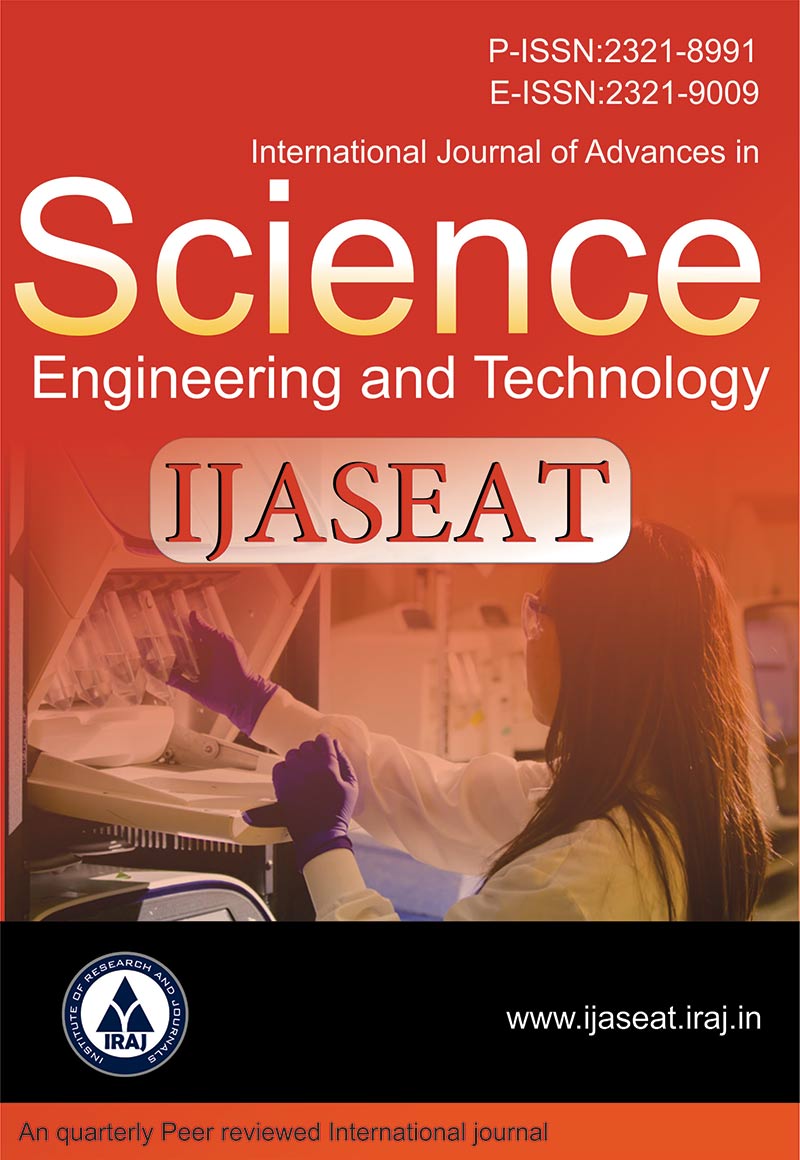Publish In |
International Journal of Advances in Science, Engineering and Technology(IJASEAT)-IJASEAT |
 Journal Home Volume Issue |
||||||||
Issue |
Volume-6, Issue-3 ( Jul, 2018 ) | |||||||||
Paper Title |
Alterations of Parietal Cells in Gastric Glands of Short-Termed Diabetic Rats | |||||||||
Author Name |
Pimchanok Thanamathee, Sirinush Sricharoenvej, Passara Lanlua, Sani Baimai, Amornrat Chookliang | |||||||||
Affilition |
Department of Anatomy, Faculty of Medicine Siriraj Hospital, Mahidol University, Bangkok 10700, Thailand | |||||||||
Pages |
91-95 | |||||||||
Abstract |
One of the gastric complications in the diabetic patients is peptic ulcer, which triggers an imbalance between protective factors and aggressive factors. The gastric parietal cells secrete gastric hydrochloric acid, which is an aggressive factor. Therefore, the aim of this study was to investigate the altered morphology of parietal cells in gastric gland as well as changed gastric gland and mucosal depths of short-termed diabetic rats. Eight male adult Sprague-Dawley rats were randomly classified into five diabetes and three control. The rats were injected through intraperitoneum by either a single dose of 60 mg/kg body weight of streptozotocin in citrate buffer or only the same buffer as diabetes or control group, respectively. After 4 weeks, the three areas: cardia, body, and pylorus in all rats were removed as short-termed periods for histological process. Under the light microscopic observation, the mucosal depth, the gastric gland depth and the number of parietal cells in diabetes significantly decreased, compared to the age-matched control. Interestingly, the parietal cell swelling was obviously shown in the diabetic group. It was suggested that both diabetic mucosal and gland depths, as well as the number of parietal cells decreased, because of reduced cell division. Moreover, water influx into the parietal cells caused cell swelling. In conclusion, decreased mucosal and gastric gland depths and a number of parietal cells whereas hypertrophy of the cells were clearly demonstrated in the short-termed diabetes. So that, it resulted in a decreased acid secretion in the glandular stomach, leading to reduction of protective mechanism from pathogens in the stomach. That might be an important risk of peptic ulcer in diabetic patients. Keywords- Gastric Gland, Parietal Cell, Gastric Stem Cell, Diabetes Mellitus, Streptozotocin | |||||||||
| View Paper | ||||||||||